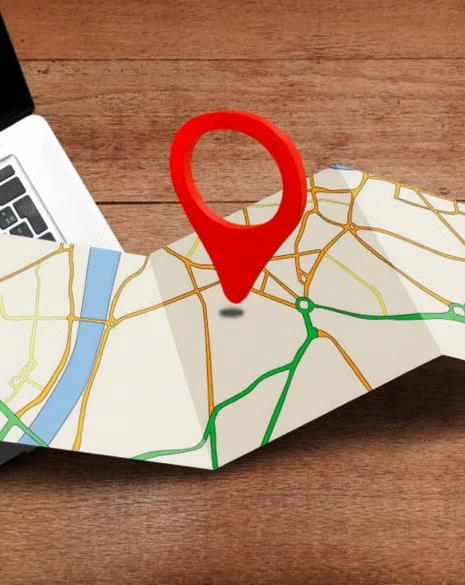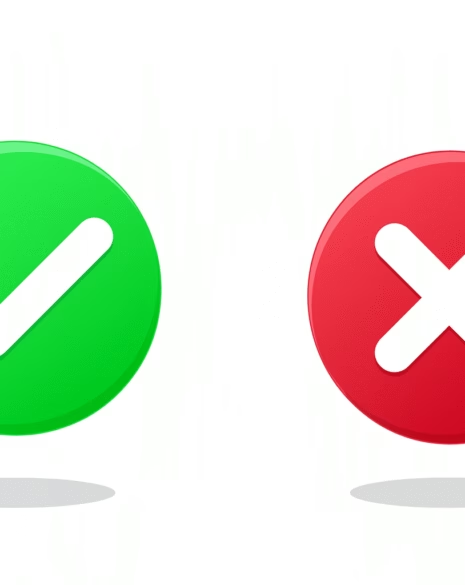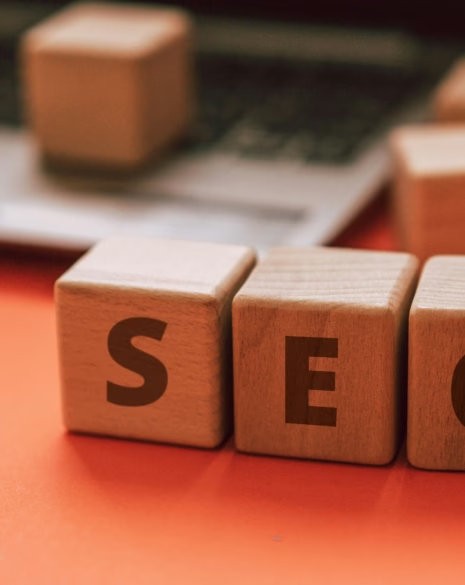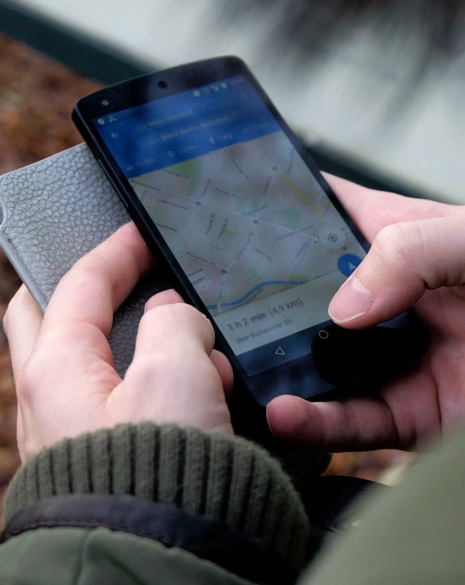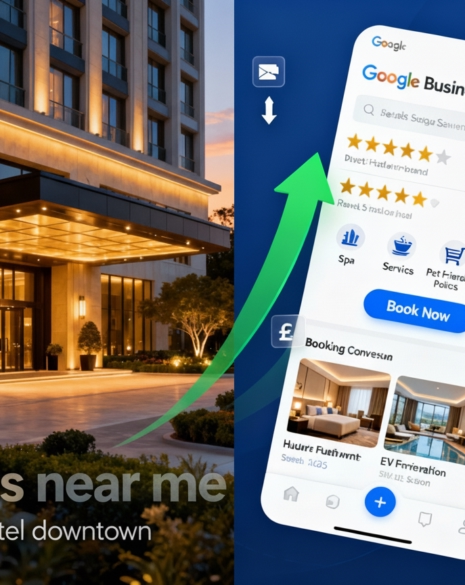A beautiful hotel website might win awards, but if it doesn’t drive bookings, it’s not doing its job.
Guests don’t visit your site to admire the font pairing or scroll endlessly through curated image galleries. They come because they’re searching for something — rest, escape, convenience, reassurance. A high-converting hotel website is one that understands this and structures every element to meet that need.
Let’s break down what separates a stunning hotel site from a high-performing one — and how to optimise yours for direct bookings.
First Impressions Are Fast (and Emotional)
You have just a few seconds to make an impression. In that time, a guest subconsciously assesses whether your hotel feels right. High-converting hotel websites don’t just load quickly; they convey trust and warmth the moment the page appears. This means clear, emotionally attuned headlines, welcoming visuals that match the guest’s aspirations, and subtle trust signals such as guest reviews or industry awards.
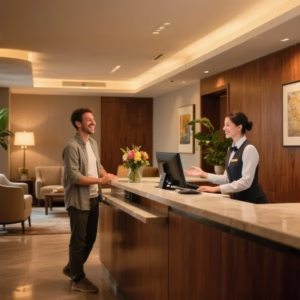
It’s not about overwhelming a user with accolades or offers. It’s about helping them instantly understand who you are, where you are, and why they should care. If the top of your homepage is cluttered, impersonal, or unclear, many guests will bounce before scrolling any further.
Design for Flow, Not Just Looks
There’s a common misconception that aesthetics alone drive performance. In reality, it’s the journey — the intuitive flow from curiosity to conversion — that makes a website effective.
A high-converting hotel website uses design to guide the guest smoothly through their decision-making process. Navigation should be intuitive, not overwhelming. The visual hierarchy should lead from the homepage to key selling points — like rooms, dining, offers, or weddings — with clarity and intention. Mobile responsiveness is essential, not optional, given that most browsing now takes place on phones.
Beyond function, great design reinforces the brand’s personality. Cohesion in colour palette, tone of voice, and imagery builds familiarity and trust. Every design choice should make it easier for the user to feel oriented, welcomed, and in control.
Messaging That Sells the Stay
Guests aren’t just looking for accommodation. They’re looking for an experience that aligns with their desires. That’s why messaging should focus less on amenities and more on what the stay enables — relaxation, reconnection, or celebration.
Generic feature lists fall flat. Instead, copy should evoke emotion. Rather than stating that a room includes a flatscreen TV and complimentary Wi-Fi, frame it in terms of how it supports the guest’s goals: “Unwind in a room designed for comfort, from rainfall showers to fast, free Wi-Fi — everything you need to disconnect or stay connected.”
The tone of voice is also a conversion factor. It should sound like it’s written by real humans who understand the emotional landscape of hospitality. A voice that’s warm, confident, and personable builds the kind of trust that makes guests feel safe clicking “Book Now.”
Thoughtfully Placed Conversion Triggers
High-performing hotel websites know when to gently nudge. Calls to action aren’t just about visibility — they’re about timing and context. Strategically placed CTAs appear near compelling value propositions, such as a special offer or a standout room feature.
Reinforcement matters. A well-timed TripAdvisor badge or recent review near the booking button can tip a guest from interest to action. Messaging that conveys scarcity — such as “Only a few rooms left this weekend” — should feel helpful, not aggressive.
When done right, these triggers feel like helpful guides rather than sales pushes. They support decision-making rather than disrupt it.
The Booking Engine Handoff
This is where even the most visually stunning hotel websites falter. If the transition to your booking engine feels disjointed — visually or functionally — you risk losing the guest just as they’re ready to commit.
A high-converting website ensures the booking journey feels seamless. The booking engine should match the branding of the main site in colours, fonts, and tone. It should load fast, work flawlessly on mobile, and be crystal clear about pricing, availability, and cancellation policies.
Even small touches — such as reassurances about secure checkout or the ability to modify a booking — help sustain the emotional momentum needed to complete the booking.
CRO in Hospitality: More Than Just Data
Conversion rate optimisation (CRO) in hospitality is equal parts science and empathy. While A/B testing and analytics are vital, they don’t replace the need to understand how a guest feels.
Instead of obsessing over whether a green button converts better than a red one, ask deeper questions. Does each page mirror the emotional state of the user? Are you guiding them intuitively toward the next step? Are you offering reassurance when they need it most?
This balance — between data-driven design and emotional intelligence — is what separates ordinary websites from those that truly perform.
Final Thought
A high-converting hotel website doesn’t rely on gimmicks. It relies on trust. It listens to what guests want, removes friction, and builds a journey that feels seamless, intuitive, and emotionally aligned.
If your current site isn’t converting as well as it should, it may not be broken — just misaligned. Refocusing on user flow, emotional tone, and clarity could be the shift that drives more direct bookings.
Want help transforming your site into a conversion engine? Let’s talk.
